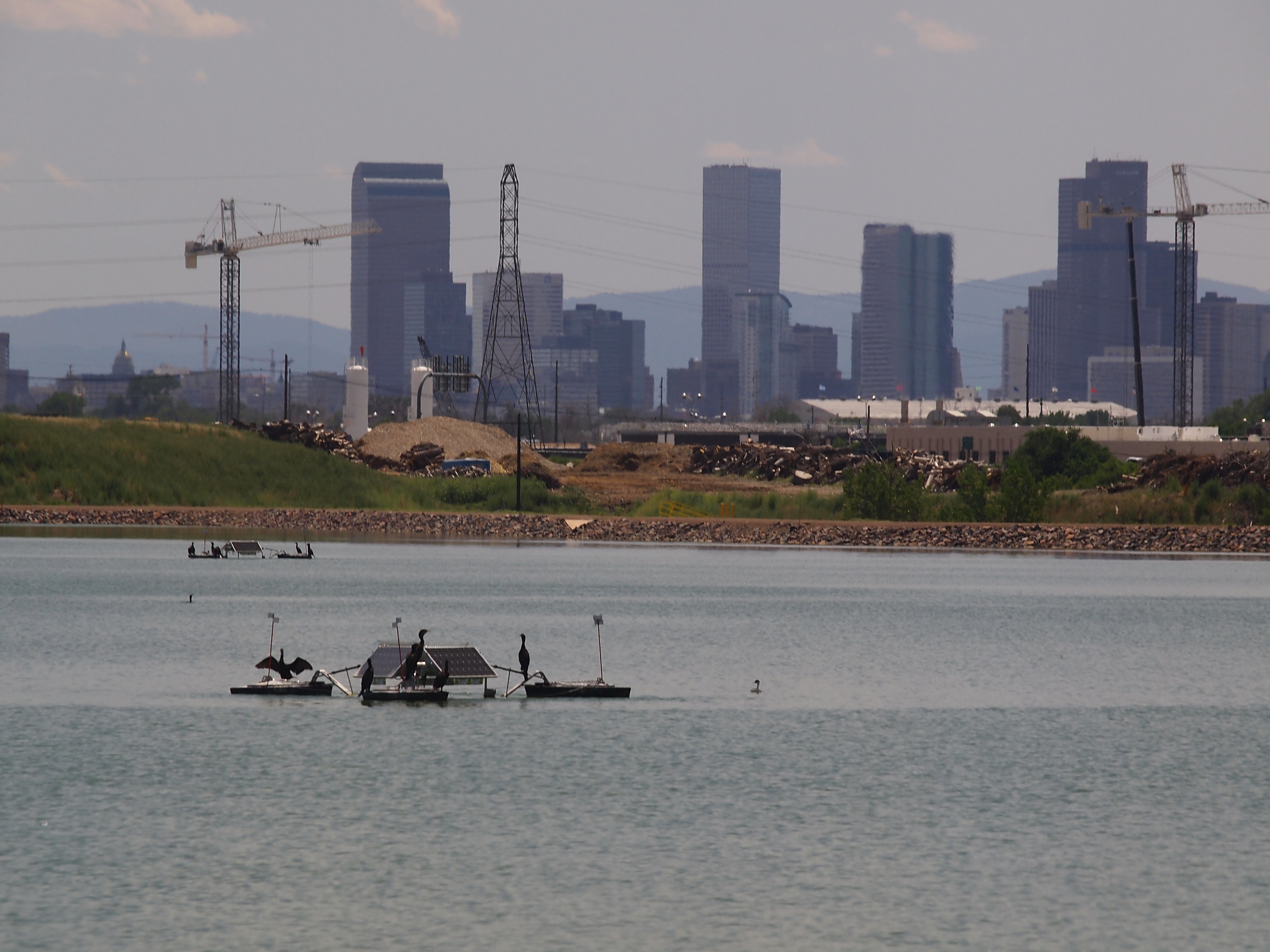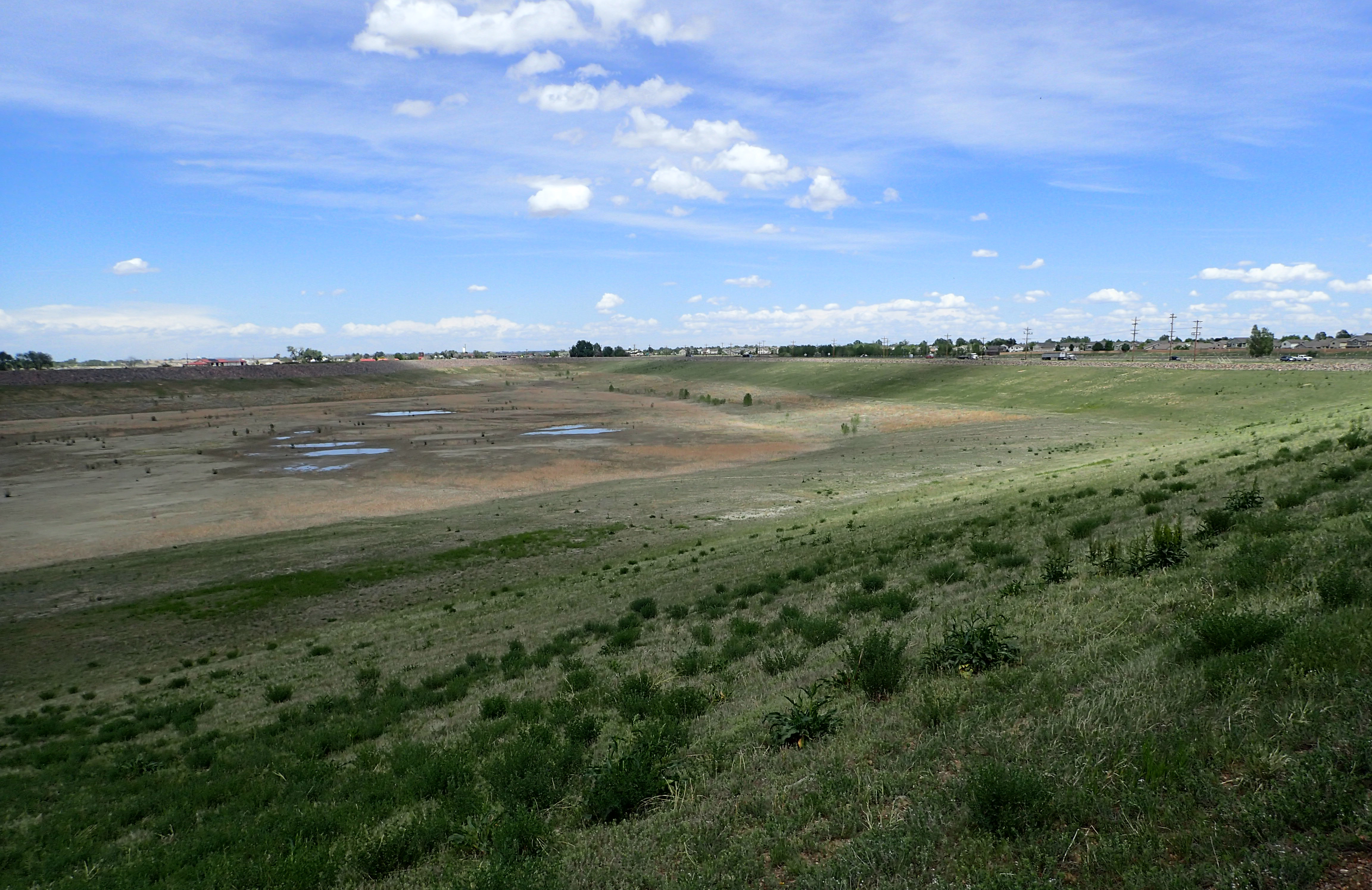
Out with the gravel, in with the water
Denver Water has been busy turning old gravel pits into reservoirs, leaving more water in the Colorado River while providing new habitat for waterfowl, raptors and other wildlife.
The Downstream Reservoir Water Storage Program, which has been in the works since 1997, allows Denver Water to store and release reusable water through the use of depleted gravel mines for exchange and replacement purposes.
“These reservoirs will allow Denver Water to maximize our use of reusable supplies,” said Ryan Stitt, program manager for the Downstream Reservoir Water Storage Program. “By doing that, we leave more water in the Colorado River. We’re being good stewards of our water resources by reusing our water to the extent that it’s possible.”
Denver Water gets half of its water supply from the Colorado River. Because that water is not native to the Front Range, we have the ability to use and reuse that water multiple times, including storing it in the downstream reservoirs. Denver Water can then release that water when it’s needed downstream instead of releasing water from mountain storage. That helps keep water in the mountains while making the most of the water we have.
Denver Water has been reusing water by exchange since the early 1970s, but the Downstream Reservoir Water Storage Program is the first time Denver Water has put this reusable water directly into reservoirs.
There will be nine reservoirs divided into three complexes, which will have an estimated total storage volume of 32,200 acre-feet of water. The reservoirs are all north of Denver, along the South Platte River, extending from Commerce City past Brighton.
South Reservoir Complex: Bambei-Walker and Welby reservoirs, near Commerce City, form the South Reservoir Complex and began operation in spring 2009.
North Reservoir Complex: Denver Water continues to work on its North Reservoir Complex, south of 120th Avenue and east of the South Platte River. There are five reservoirs in this complex, including Howe-Haller A, Howe-Haller B, Hazeltine, Dunes and Tanabe. Denver Water anticipates storing water in Dunes and Tanabe by gravity in spring 2018. The other three will fill with water as demands require.
Lupton Lakes Complex: Denver Water also continues to move forward on its third complex. The Lupton Lakes Complex, in Fort Lupton, is still being mined and is expected to be operational sometime after 2030. Lupton Lakes consists of two reservoirs, the north and the south.
Water level fluctuations
All of the downstream reservoirs will fluctuate throughout the year, usually filling each winter and draining each summer. That’s because farmers downstream rely on that water to irrigate crops during hot months.
“Once the irrigation calls come on the river, we will release the water from the downstream reservoirs and store a like amount upstream anytime we can,” Stitt said. “That’s the nature of an exchange.”
Check out maps of the project, and learn more about how Denver Water manages water supply and demand throughout the entire system.


